
1. Chimpanzee
Aside from humans, chimpanzees are thought to show the greatest diversity of tool-use behaviour in the animal kingdom. These intelligent primates use twigs to fish for termites and to extract larvae from tree bark and honey from beehives. Plus, they crack nuts with rocks, crush up leaves to use as sponges and even wield objects as weapons and in aggressive displays.
2. Capuchin monkey
Tool-use has been most extensively studied within primates, but among monkeys, capuchins are particularly skilled. They frequently use rocks to smash open hard fruit and nuts, selecting the best tools for the job based on weight and durability.
3. New Caledonian crow
Not only do these corvids regularly use stick tools for ‘extractive foraging’, but they also trim and bend twigs, leaves and sometimes wires with their beaks to form hooked tools that are perfect for pulling larvae out of tree bark. The ability to create tools for specific purposes is rare and considered indicative of advanced motor skills, as well as cognitive abilities such as future planning and insight.
4. Kea
هذه القصة مأخوذة من طبعة June 2024 من BBC Wildlife.
ابدأ النسخة التجريبية المجانية من Magzter GOLD لمدة 7 أيام للوصول إلى آلاف القصص المتميزة المنسقة وأكثر من 9,000 مجلة وصحيفة.
بالفعل مشترك ? تسجيل الدخول
هذه القصة مأخوذة من طبعة June 2024 من BBC Wildlife.
ابدأ النسخة التجريبية المجانية من Magzter GOLD لمدة 7 أيام للوصول إلى آلاف القصص المتميزة المنسقة وأكثر من 9,000 مجلة وصحيفة.
بالفعل مشترك? تسجيل الدخول

SNAP-CHAT
Justin Gilligan on giant spider crabs and holding hands with an octopus
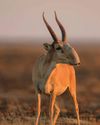
STEPPE CHANGE
Herds of saiga have returned to Kazakhstan, but there's a fine balance to tread
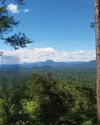
TREES FOR LIFE
Community is at the heart of conservation in the tropical forests of southern Belize
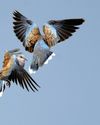
WHEN DOVES CRY
Turtle doves are now the UK's fastest declining bird species, but the RSPB is on a mission to save them

SURVIVAL OF THE CUTEST
We can't help being drawn to cute creatures, but our aesthetic preferences both help and hinder conservation
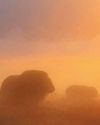
LIGHT ON THE NORTH
Spectacular images of Arctic foxes, reindeer and musk oxen reveal the wild beauty and diversity of Scandinavia
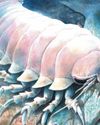
ROLLING IN THE DEEP
The super-sized crustacean that lives in the deepest, darkest ocean
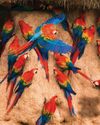
LET'S GET TOGETHER
Clay licks deep in the Amazon explode in a riot of colour, with macaws the stars of the show

FEMALE OF THE SPECIES
To sponge or not to sponge? That is the question for the bottlenose dolphins (Tursiops aduncus) living in Shark Bay, Western Australia.
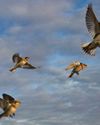
7 nature encounters for the month ahead
WITH NATURALIST AND AUTHOR BEN HOARE